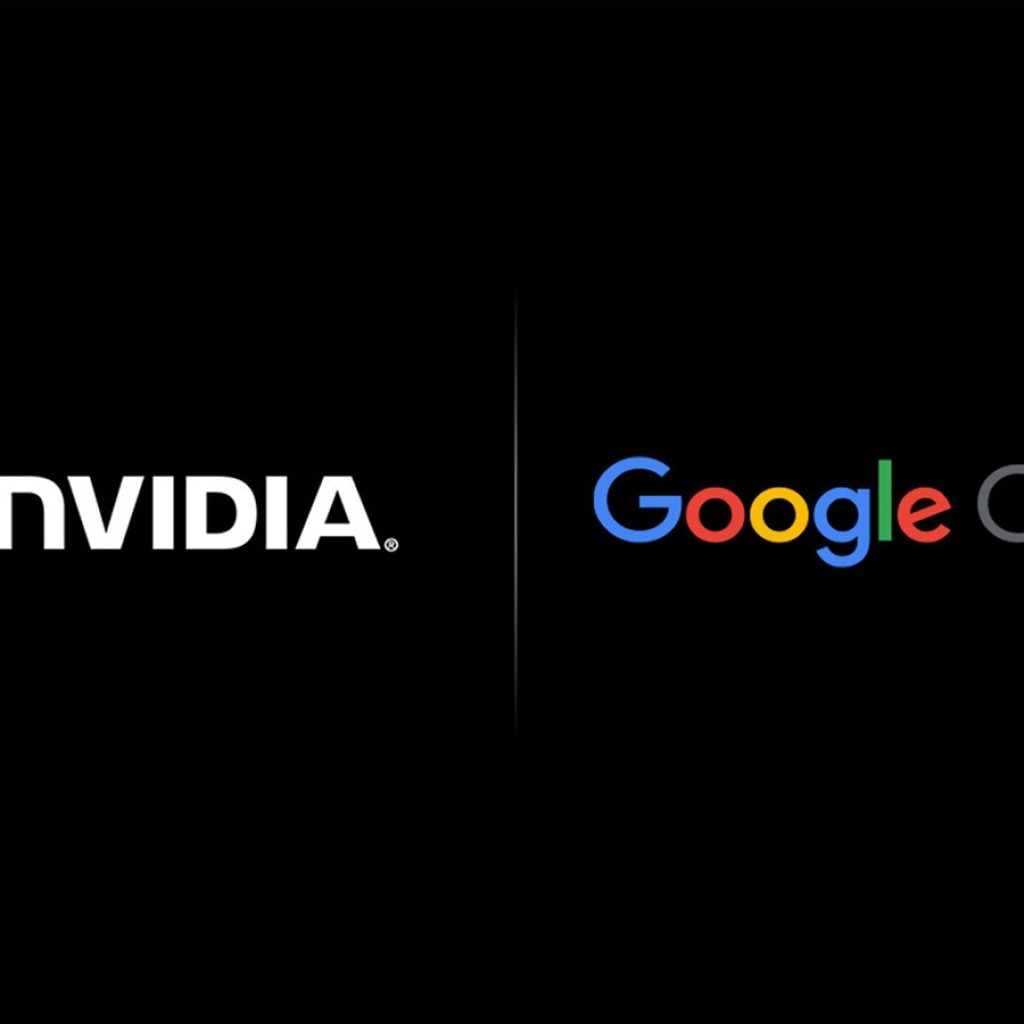In a country as linguistically diverse as India, where over 100 languages are spoken, bridging the linguistic gaps presents a formidable challenge. Despite governmental recognition of 22 languages, the operational landscape predominantly revolves around Hindi and English, leaving many communities marginalized due to linguistic barriers.
Yet, Microsoft, under its AI for Good initiative, is spearheading efforts to harness artificial intelligence (AI) technology to address these challenges, viewing India as a testing ground for innovations that could have global ramifications. Through strategic initiatives and collaborations, Microsoft aims to revolutionize communication and empower marginalized communities, paving the way for a more inclusive and accessible future.
Small languages and large language models
Under the umbrella of AI for Good, Microsoft has unveiled several groundbreaking projects aimed at empowering communities and overcoming linguistic barriers. The Jugalbandi chatbot, launched in May 2023, stands out as a flagship endeavor tailored to rural farmers, particularly those residing in regions where mainstream languages are not prevalent. Powered by a large language model developed in collaboration with local research lab AI4Bharat, Jugalbandi facilitates access to public services and information in users’ local languages, thereby democratizing access to vital resources.
Also, Microsoft’s VeLLM initiative, which stands for “Universal Empowerment with Large Language Models,” seeks to enhance the efficacy of language models like GPT across a broader linguistic spectrum. By focusing on so-called low-resource languages, VeLLM aims to democratize access to AI-driven solutions, ensuring inclusivity and representation for linguistically diverse populations. Through initiatives like Shiksha, an AI bot facilitating curriculum development in non-English languages, Microsoft underscores its commitment to fostering linguistic diversity and inclusivity.
‘Participatory’ design
Central to Microsoft’s approach is a commitment to participatory design, as emphasized by Kalika Bali, principal researcher for Microsoft Research India. Recognizing the limitations of tech-centric solutions, Bali advocates for a collaborative approach that prioritizes community engagement and feedback. By incorporating local insights and perspectives, Microsoft endeavors to develop solutions that resonate with end-users, ensuring relevance and effectiveness.
Microsoft’s endeavors extend beyond social good, reflecting the company’s broader strategic interests in AI. As a key player in the AI ecosystem, Microsoft is actively developing AI products and services hosted on its Azure cloud computing platform, capitalizing on the transformative potential of AI across industries. While initiatives in India may not yield immediate financial gains, they offer valuable insights and lessons that inform Microsoft’s broader AI strategy, particularly concerning issues of security and ethics.
Bridging linguistic gaps – Microsoft’s journey towards AI-driven inclusivity
As Microsoft continues to pioneer AI-driven solutions to address India’s linguistic challenges, the implications extend far beyond national borders. By leveraging advanced language models and participatory design principles, Microsoft exemplifies a holistic approach to technology deployment—one that prioritizes inclusivity, empowerment, and community engagement. However, as the AI landscape evolves, critical questions persist regarding the ethical implications and long-term societal impacts of AI deployment.
How can we ensure that AI technologies serve as tools for empowerment rather than exacerbating existing inequalities? As Microsoft navigates these complex terrain, the journey towards AI-driven inclusivity and accessibility remains ongoing, with profound implications for the future of communication and technology.





